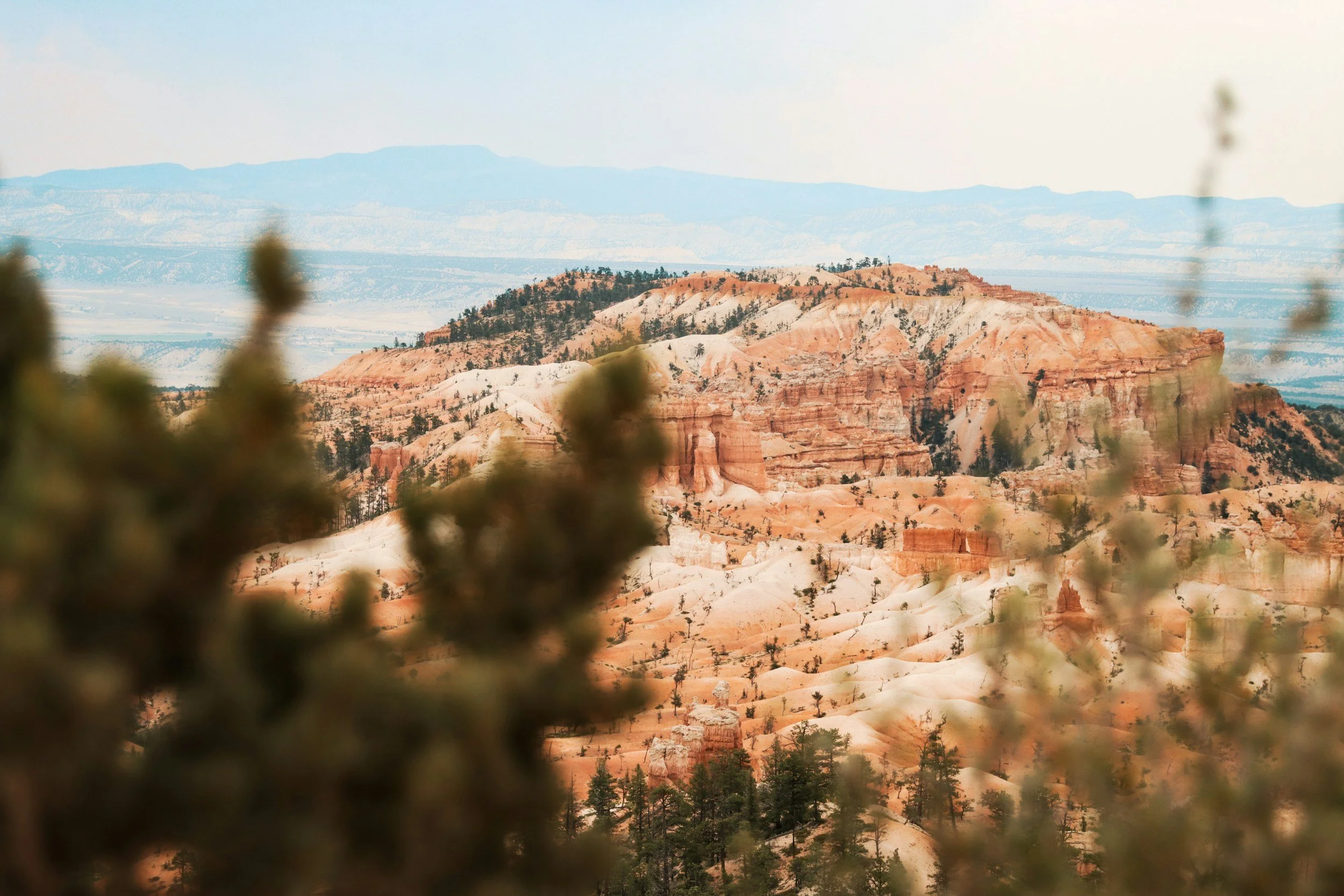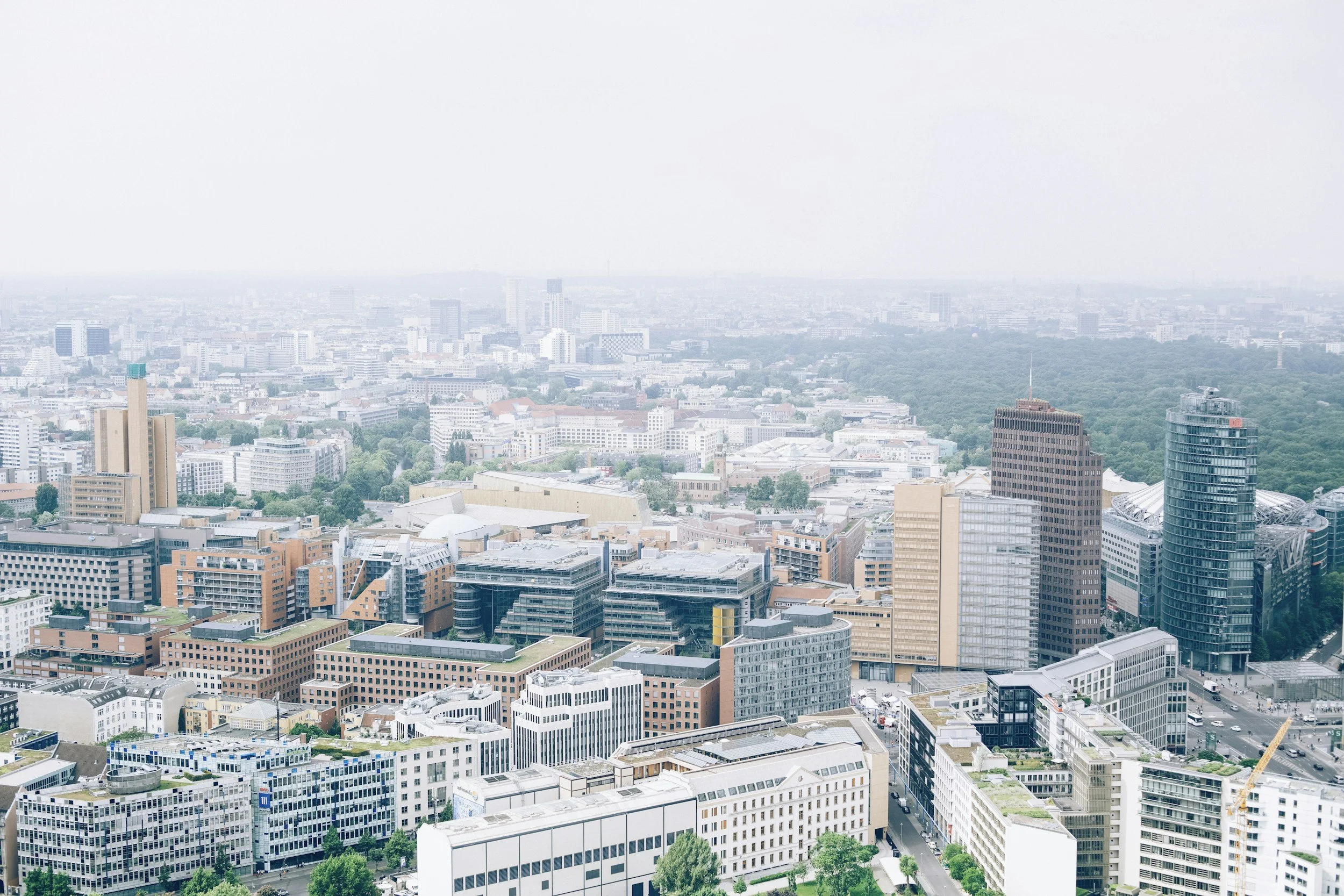What is Landscape Photography?
Landscape photography is a popular and captivating genre that beautifully captures the majesty, serenity, and complexity of the Earth's natural scenery.
This photographic art form ranges from expansive vistas, such as towering mountains and vast oceans, to intricate details within forests, deserts, and urban environments.
The primary goal is to convey the inherent beauty, unique atmosphere, and mood of outdoor settings, inviting viewers to experience the natural world through stunning visual narratives.
What is Landscape Photography?
Landscape photography is a popular and compelling genre of photography focused on capturing natural scenery and vast outdoor spaces.
From sweeping mountain ranges and serene coastlines to rolling hills, expansive deserts, and dramatic skies, landscape photography invites viewers to experience the beauty and grandeur of the natural world through the lens of a camera.
At its core, landscape photography aims to convey the photographer's experience of a particular location. It emphasises lighting, weather, and perspective to create visually striking and emotionally evocative images.
Unlike other photography genres, landscape photography often involves careful planning around weather conditions, natural lighting, particularly during golden hours at sunrise and sunset and precise composition to capture scenes at their most captivating moments.
Successful landscape photography documents a scene's physical attributes and evokes a sense of awe, tranquillity, or wonder, connecting viewers to distant places and inspiring a deeper appreciation for nature.
Essential Elements of Landscape Photography
Outstanding landscape photography relies on mastering several fundamental elements:
Light
Capturing landscapes requires a strategic use of natural lighting.
The golden hour (sunrise and sunset) and the blue hour (twilight) provide soft, warm, and dramatic light.
Avoid harsh midday sunlight, as it creates overly stark contrasts, unless intentionally desired for effect.
Composition
Effective composition guides the viewer’s eye, creates balance, and enhances visual interest.
Employ compositional guidelines like the Rule of Thirds, leading lines, and symmetry.
Incorporate distinct foreground, midground, and background elements to create depth and context.
Depth
Introducing depth transforms a flat image into an immersive experience.
Utilise foreground elements and selective focus through aperture settings to enhance dimensionality.
Types of Landscape Photography
Exploring different landscape types enriches creativity and sharpens skills:
Mountain Landscapes
Mountain scenes typically showcase grandeur, drama, and scale. Photographs often rely on striking weather conditions, such as storms, clouds, or dramatic lighting, to emphasise the' sheer size and power of mountainous terrains.
Coastal and Seascapes
Capturing the dynamic interaction between land and water, coastal photography often involves techniques like prolonged exposure to blur water movements, creating serene and dreamy imagery. The unpredictable nature of tides and waves provides endless creative opportunities.
Urban Landscapes
Bridging nature with civilisation, urban landscapes combine architectural elements with natural features, utilising reflections, artificial lighting, and unique perspectives to create visually compelling images of city life intertwined with the natural environment.
Forest and Woodland
Forests offer intimate and mysterious atmospheres. The diffused light filtering through foliage can create ethereal images that emphasise texture, colour, and mood.
Forest photography often involves capturing small, intricate details alongside broader woodland vistas.
Equipment for Landscape Photography
Choosing the appropriate gear significantly impacts your photographic success:
Camera
DSLR and mirrorless cameras are ideal for capturing detailed and vibrant landscapes. They offer manual settings, high resolution, and dynamic range capabilities.
Lenses
Wide-angle lenses (e.g., 14-24mm) capture expansive views and emphasise scale.
Telephoto lenses (e.g., 70-200mm) isolate distant subjects and compress perspective for dramatic effect.
Tripod
Essential for stability, sharp images, and long exposures.
Opt for sturdy yet lightweight tripods to balance portability with reliability.
Techniques for Stunning Landscape Photography
Refining your technique enhances image quality dramatically:
Long Exposure
Captures motion, such as moving water or clouds, resulting in smooth, flowing elements.
Neutral density filters allow for longer exposures in bright conditions.
Bracketing and HDR
Bracketing exposures helps capture the full range of light and detail in high-contrast scenes.
Combine bracketed images through High Dynamic Range (HDR) processing for balanced exposure and enhanced detail.
Panorama Stitching
Stitching multiple images into panoramas captures expansive views beyond a single shot's limitations.
Ensure overlap between images for seamless stitching in post-processing.
Post-Processing Landscape Photographs
Editing should enhance landscapes naturally, without losing authenticity:
Software Tools
Adobe Lightroom and Photoshop offer comprehensive editing capabilities.
Adjust exposure, shadows, highlights, colours, and clarity to fine-tune images.
Maintaining Realism
Edit images subtly, preserving natural tones and avoiding overly processed appearances.
Prioritise authenticity while enhancing aesthetic appeal.
Planning and Scouting Locations
Thorough preparation can significantly elevate the quality of landscape photography:
Location Research
Use tools like PhotoPills, Google Earth, and social media to identify compelling locations.
Scout locations beforehand to envision compositions and anticipate lighting.
Weather Conditions
Monitor forecasts closely to plan for ideal photographic conditions.
Embrace varied weather, including storms or fog, to capture dramatic and unique atmospheres.
Inspirational Landscape Photographers
Studying the work of acclaimed photographers can inspire and improve your own practice:
Ansel Adams: Iconic for black-and-white landscapes with exceptional tonal depth.
Galen Rowell: Known for adventurous, vividly colored images highlighting nature’s dramatic beauty.
Peter Lik: Recognised for vibrant, high-contrast imagery capturing iconic natural sites.
Environmental Considerations
Responsible photography practices help protect delicate ecosystems:
Adhere strictly to 'Leave No Trace' principles.
Maintain respectful distances from wildlife and habitats.
Avoid disrupting natural landscapes and local ecosystems.
Common Challenges in Landscape Photography
Prepare for common hurdles to ensure successful outings:
Unpredictable Weather: Embrace adverse conditions as creative opportunities rather than obstacles.
Rugged Terrain: Use appropriate clothing, gear, and safety precautions to navigate challenging environments effectively.
Monetising Landscape Photography
Transform your passion into sustainable income streams:
Sell prints through online platforms or galleries.
License images for commercial or editorial purposes.
Offer workshops, photography tours, or online courses.
Learn More About Landscape Photography
Landscape photography allows a deep connection with nature, empowering photographers to share Earth’s stunning beauty.
By refining technical skills, prioritising environmental ethics, and embracing challenges, photographers can produce images that resonate profoundly, inspiring appreciation and stewardship of our planet.
Contact us today to start your journey or enhance your landscape photography expertise.
Additionally, find our minimalist landscapes magazine online today!








